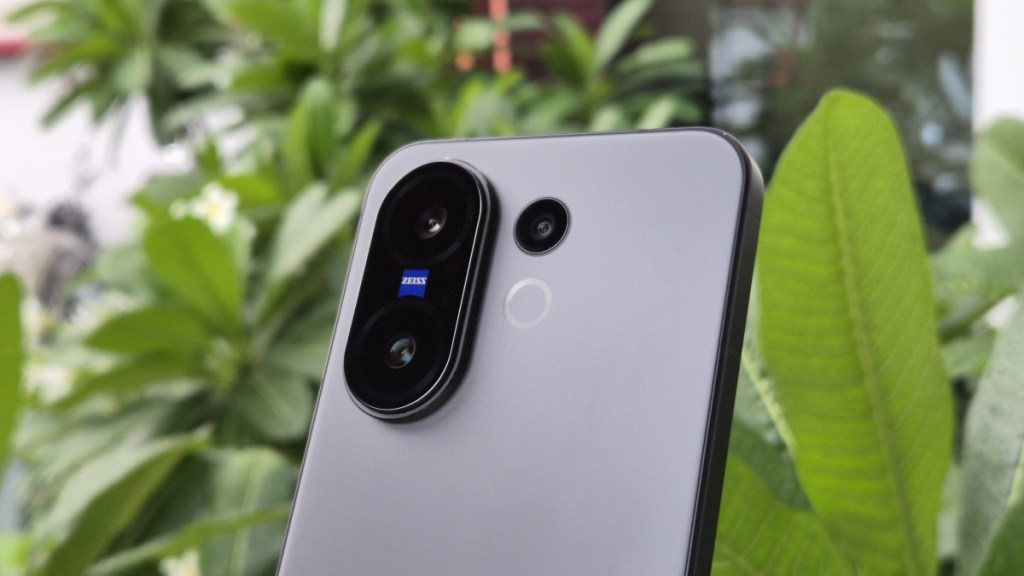Why should you consider a Vivo X200 FE for Rs 54,999? In a segment where there’s cutthroat competition from brands like OnePlus, Samsung, Google, iQOO and Apple, it becomes difficult to purchase a phone that solely promises to be compact and a fun camera phone.
Nonetheless, as a technology journalist, it is my job to approach a smartphone review unbiased. Hence, I swapped all my data to the Luxe Grey Vivo X200 FE for close to two weeks and went ahead criticising every aspect of the phone. With a starting price of Rs 54,999, this baby Vivo has some high standards to match and after an exhaustive (read extremely busy) timeline, this Vivo X200 FE has painted me impressed, almost.
Vivo X200 FE Design
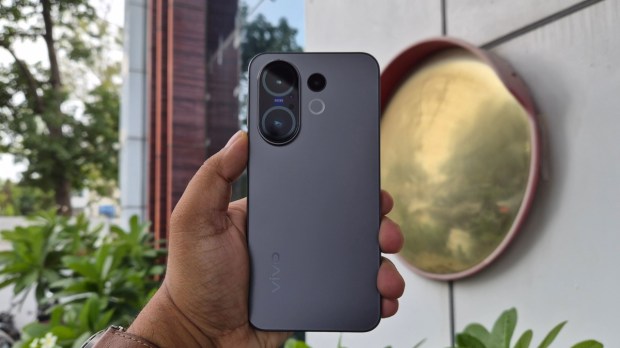
The Vivo X200 FE is your typical glass sandwich smartphone. The X200 FE’s display is protected by a pre-applied plastic film atop the toughened glass, which vivo refers to as Shield Glass. The rear panel is also made of glass. Speaking of thickness, the vivo X200 FE measures 150.8×71.8×8 mm and weighs 186g.
The IP68/69 certification for water and dust resistance ensures peace of mind in our hot and humid climate. The sharp edges, which aren’t very comfortable, add to the premium feel. The buttons are tactile and while the phone isn’t exactly compact with a screen size of 6.3 inches, it can be managed single-handedly. Vivo also offers the 80W charging adapter in the box, along with a silicone case – kudos to Vivo for that.
Vivo X200 FE Display
One of the phone’s strong suits is its “small-ish” display. At 6.3 inches, the display is comparatively compact than other Android flagships but a lot larger than the iPhone 16’s display. The 120Hz LTPO OLED panel is rated for very high peak brightness in HDR mode – what you need to know is that even under bright sunlight, you can read WhatsApp messages with ease. The display is a pleasure to watch, ensuring vibrant colours, high contrasts and sharp details – usual for most premium phones these days. No complaints here.
Vivo X200 FE Performance
Technically, the X200 FE began its life in China as a Vivo S30 Pro Mini, not an X series flagship. Hence, unlike the rest of the flagships, there’s no cutting-edge chip here. The MediaTek Dimensity 9300+ chipset is from 2024, thus delivering 2024 levels of high-end performance. Coupled with a relatively slow UFS 3.1 storage, the performance isn’t shattering any beliefs for a phone of this price class. You also get Vivo’s FunTouch OS 15 based on Android 15 out of the box, not Android 16.
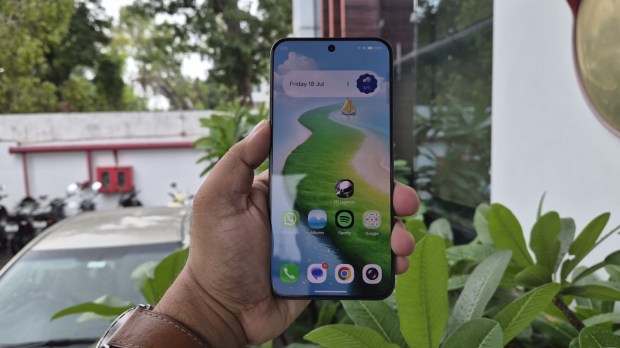
Don’t count all this as a negative trait. Despite a generation-old processor, the X200 FE is still a fast phone. It can handle anything that you can throw at an Android phone today – graphics-intensive video games, extended hours of social media browsing sessions, video editing, YouTube binging and more. The Dimensity 9300+ impresses with long sessions of mobile gaming without dropping frame rates and playability. The X200 FE is capable of handling it all as nicely as that OnePlus 13s with the newer-gen Snapdragon 8 Elite chip.
Although I am not a fan of the aesthetics of Funtouch OS 15, Vivo’s hardware-software optimisation is on-point. The UI is consistently smooth and can deal with the workloads of the busiest days with absolute ease. Vivo offers access to Google Gemini AI features as well as some of its first-party utility apps (Vivo DocMaster is a good one), which adds to the value factor. However, integration with AI features and apps still feels like an afterthought – it isn’t as seamless as you get on a Samsung or Google Pixel phone. There’s also a bunch of first-party apps like Vivo’s web browser, iManager and V-Appstore that take away from the perceived flagship experience. If I am paying almost Rs 60,000 for a phone, it shouldn’t have pre-loaded portals to digital junk – I am fine with popular pre-loaded apps.
Call and network performance wasn’t an issue either on Jio 5G network. The earpiece is loud and clear, and the same goes for the stereo loudspeaker setup.
Camera
For a phone that flaunts ZEISS logos on its camera hump, expectations run high. Vivo promises that the X200 FE offers stellar photography experience with its combo of a 50MP main sensor, a 50MP telephoto sensor and an 8MP ultrawide sensor. It even has a 50MP front camera.
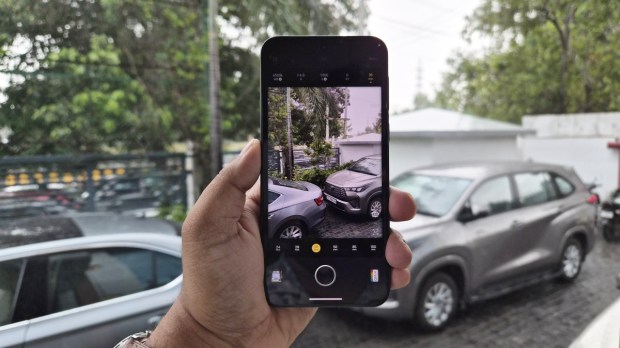
In the real world though, the X200 FE can only garner praises from us in daylight photography. Vivo’s colour science tuning helps it achieve almost realistic colour tones (especially skin tones) and a fine balance of other parameters like exposure management, texture rendering and noise suppression. Post processing in the ZEISS mode makes the photos look as close to natural, with great sharpness and good suppression of grains. The other colour modes tend to amp up the saturation and contrast for colour-popping effects. The same can be said for photos taken via the telephoto camera, which can zoom up to 3x optically. Digital cropping gives usable photos up to 7x, beyond which ‘AI sharpening’ starts becoming obvious. The ultrawide camera is decent too. The selfie camera retains that natural colour science and sharp detailing, although you need to turn off the beautification efforts to get the most out of it.
However, as soon as you expose the X200 FE’s cameras to low light and night time photography, the colours appear washed out and there’s a lack of sharpness. It’s as if the camera goes into panic mode and struggles to read the scene. Whether you change the colour modes or opt in for the Street Photography mode, nothing helps. For a phone wearing the ‘coveted’ X200 badge, this feels like a letdown, especially for a phone marketed for photography.
Videography performance is fine for a phone of its class. Footage in 1080p @30 fps and 4K@30 fps is good enough for social media use, provided you have ample ambient lighting.
Battery and Charging
With its 6,500mAh battery, the Vivo X200 FE promises great battery stamina for a compact phone. However, in my use case, the X200 FE’s battery can manage an entire day and leave some juice for the early hours of the next day – a performance that’s on par with the best, not great. Note that my use case involves lots of calling, texting, streaming music, casual photography, long hours of social media browsing and occasional gaming. The X200 FE’s battery loses a lot of juice at idle, thus diminishing the benefits of a power-dense battery. Maybe a future update can optimise the power drain at idle.
The presence of an 80W fast wired charging is a boon for filling up this large battery. It often takes close to 50 minutes to fill up the battery to 100 per cent from dead. The lack of any kind of wireless charging is a major miss for a phone of this price segment. Also, the presence of an ancient USB 2.0 port on a ‘performance-centric’ premium Android phone feels absurd, especially when rivals offer USB 3.0 standard as…erm… standard.
Verdict
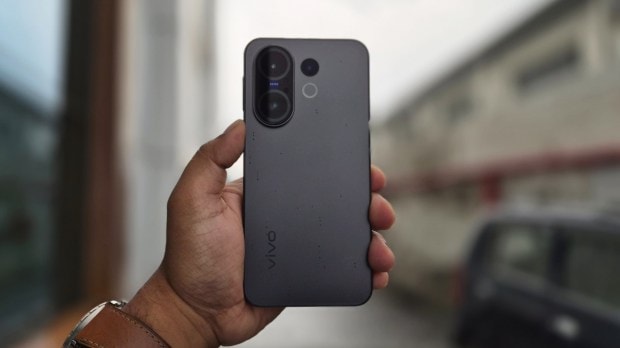
The Vivo X200 FE exists in a highly competitive segment of the premium smartphone space – a space where spec-sheet wars dominate any other aspect. What works in the Vivo X200 FE’s favour is the strong daylight photography performance, a consistently smooth user experience, a nice display and a good battery life with fast charging. While it is hard to ignore the elephant in the room – the generation-old processor and Vivo’s hastily designed Funtouch OS interface, the overall user experience matches that of a similarly priced OnePlus 13s with the latest and more efficient Snapdragon 8 Elite chip.
Hence, if you aren’t a spec-sheet nerd and want something different – something fun – in the premium phone space, the Vivo X200 FE is worth giving consideration.

